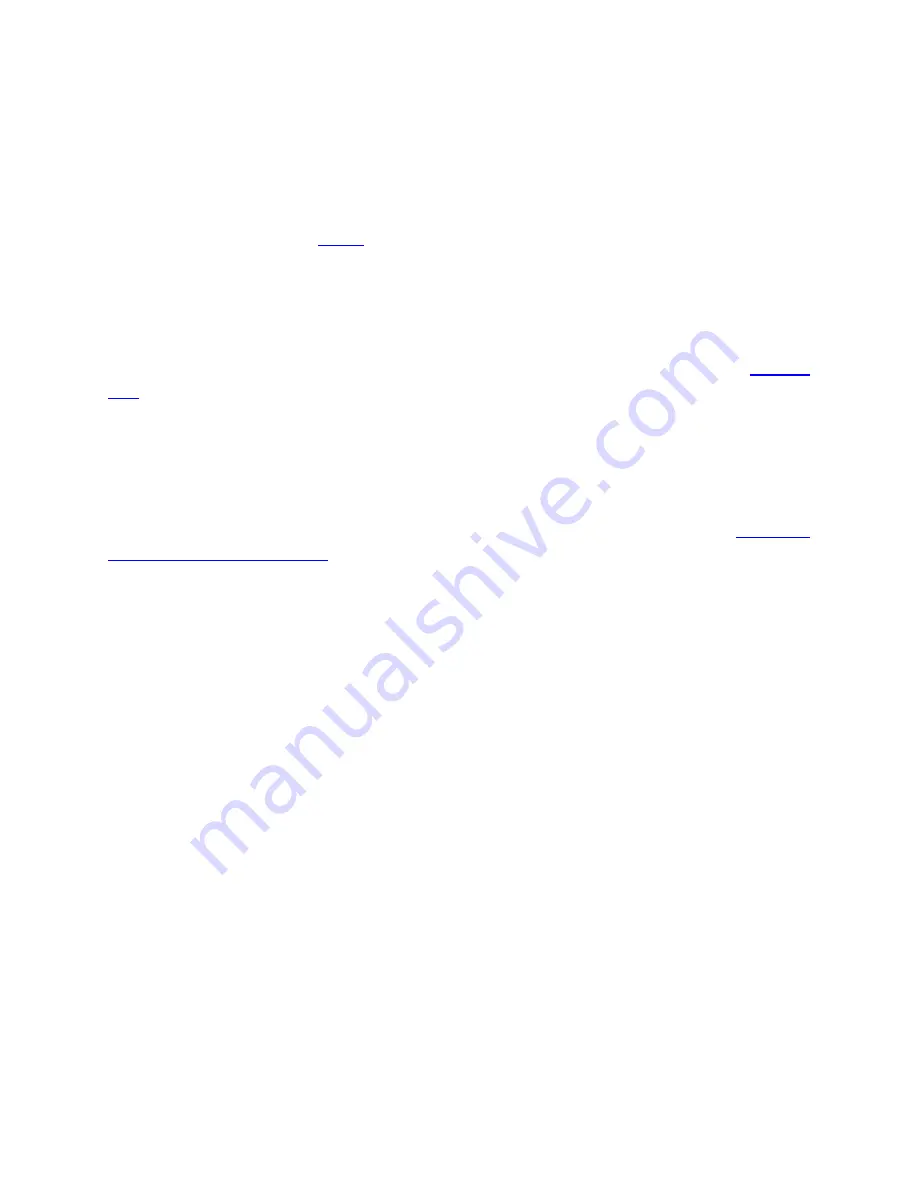
UltraLo-1800 Alpha Particle Counter
XIA LLC
Page 24
D.
Cleaning Procedure
There are two types of cleaning procedures we use at XIA while working with the UltraLo-1800, a
quick and a thorough clean. Quick cleans are used when there’s minor contamination of a sample or
handling instrument, whereas thorough cleans are used for major contamination and for routine
precautionary cleaning. All cleans should be done using lint-free clean wipes, which are very important
(an example of lint-free wipes
). If the wipes leave behind residue the cleaning procedure could
be actively harmful, so using lint-free is essential.
1.
Thorough
The thorough clean is designed to eliminate radioactivity on the sample. (Here “sample” refers to
whatever is being cleaned, not necessarily something being measured in the UltraLo-1800.) The first
step is a liberal rinse with Radiacwash, an anti-radioactivity cleaning formula from Biodex (
). Radiacwash contains mild acids and will slightly etch some metals, including copper. After several
moments remove the Radiacwash with distilled or deionized water, using enough to ensure that all of
the Radiacwash has been swept away. Finally, rinse with alcohol (at XIA we use methanol for its
exceptionally fast evaporation, but isopropanol will work as well). Note that this procedure can be done
without wiping the sample at all, but wiping with clean wipes can help spread or remove the various
liquids. However, if there is concern about keeping the surface of the sample pristine, using only the
liquids will still provide effective cleaning. For information on the results of this cleaning, see
of Exposing Samples to Room Air
2.
Quick
If a sample or instrument needs a simple cleaning then a rinse with alcohol and rubbing with a clean
wipe is often sufficient. This quick wash should be used regularly on instruments (such as tweezers) to
minimize cross contamination. In addition, the tray (or any covering) should be frequently washed (e.g.,
weekly) with this method.






























